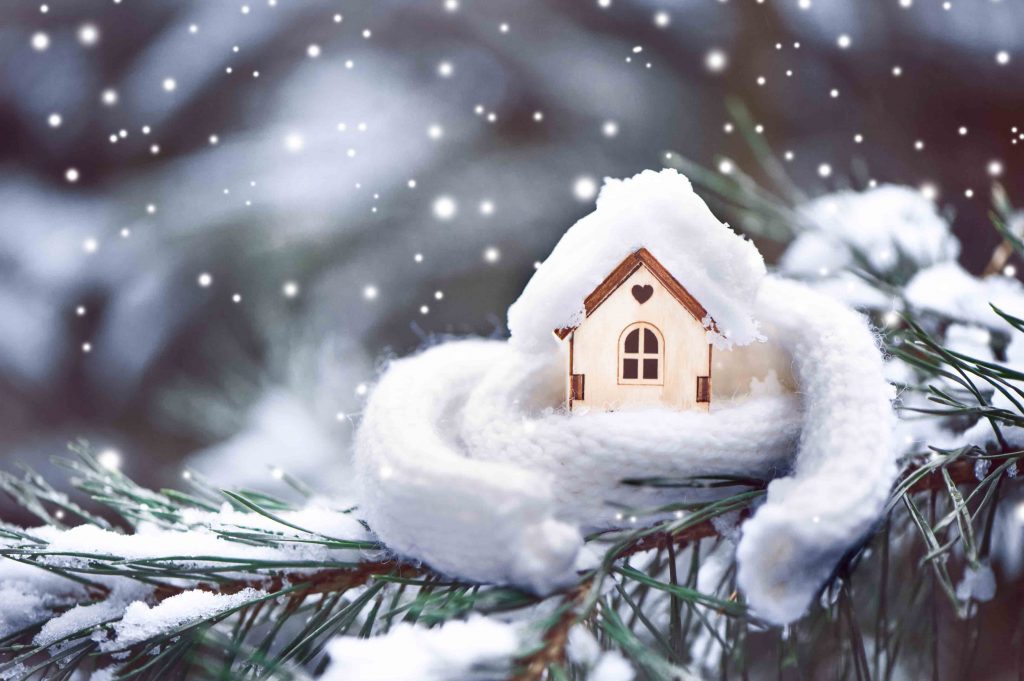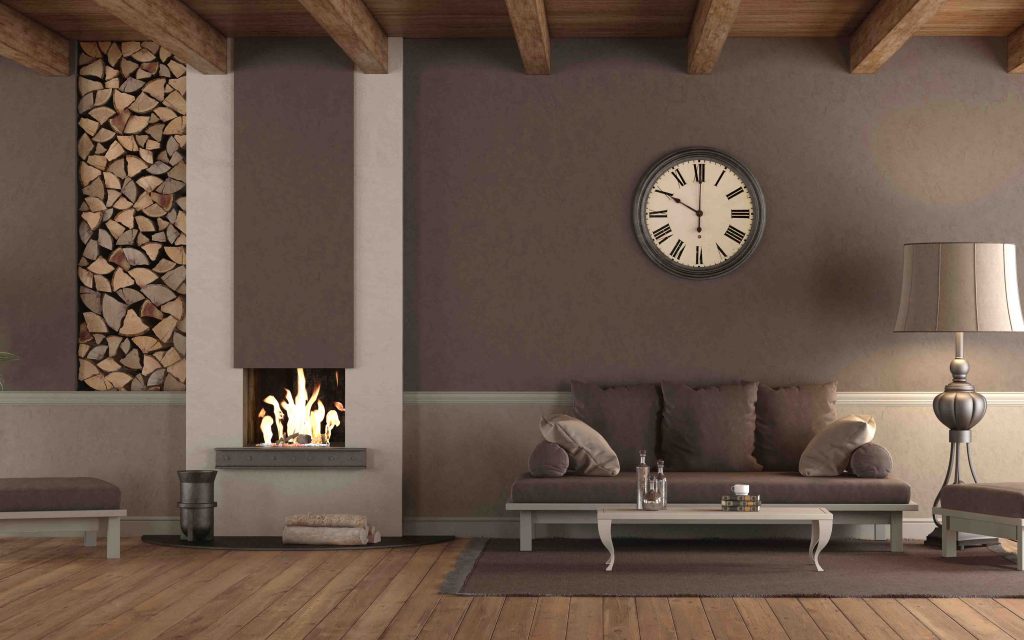Every year we always try to find solutions to insulate our house from the cold. And because technology is renewed, but the problem persists, it is necessary to always be informed. At Realigro, we would like to inform you about how to insulate your home from the cold. With what materials, techniques and advice you can achieve this result. So, without getting lost in chatter, we are about to inaugurate a mini guide on this very subject. Which is why, if you are interested in the subject, and also a little tired of having to suffer from the cold… we can get started!

First of all, to insulate from the cold, you need to have a good knowledge of materials. Which ones will be the best? The minerals? Synthetics? Or the natural ones? Let’s start with the first category. At the top we identify the stone wool. A mix derived from the union of molten volcanic rocks. It is therefore a real insulator that is also quite resistant to heat. Perfect for the inside but, hear hear, also for the outside! There are very few materials like this, so if you can, go for it! How can you find it on the market? In rolls! The best use? For the attic!
Another very useful material for insulating from the cold is glass fibre. It is a material derived from molten sand. So it is perfect for internal relatives. Again, it is available in rolls. But also in sheets. It all depends on the end use you want to make of it. The slabs are certainly more comfortable to cover and insulate the attic from the cold. It is a low-density insulation. What does this mean? The higher the density, the more powerful a material is in terms of thermal insulation. Therefore, it will be less suitable for exteriors.

Let’s close this section with the synthetic insulators. Expanded polystyrene and extruded polystyrene. In both cases, these materials are widely used to insulate against the cold. The former would be most commonly referred to as ”white cork”. A very light material, super cheap and above all very easy to install. According to the previous golden rule, it is obviously ideal for interiors. Floors, ceilings. But also to increase the thermal resistance of façades. Obviously the result in this case will not be optimal. The main advantage of this element, however, is another. It has a very high waterproofing capacity. And this is what makes expanded polystyrene ideal for external facades as well, despite its low density.
The second type is even stronger. Because in addition to being waterproof, it is also resistant to weight and deformation. This means that it also withstands time! So don’t be surprised if this material is the most used but also the most recommended. Also because of the quality/price ratio. In addition, perfect for areas subject to moisture risk!
And you, are you ready to protect and insulate your home from the cold? For further advice, keep up to date on our portal!
2005-2019 REALIGRO REAL ESTATE LTD. All Rights Reserved - VAT Nr: 893969932